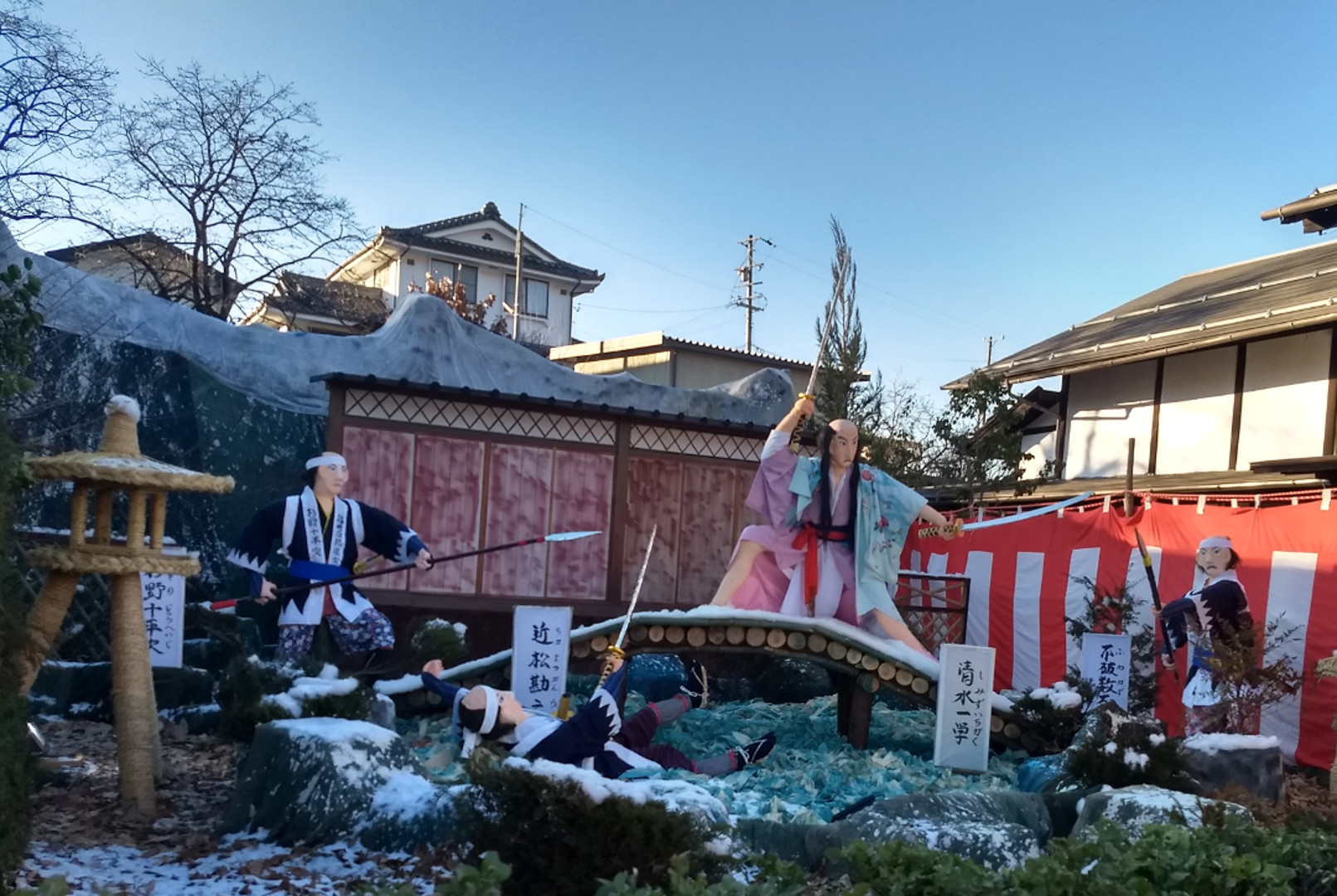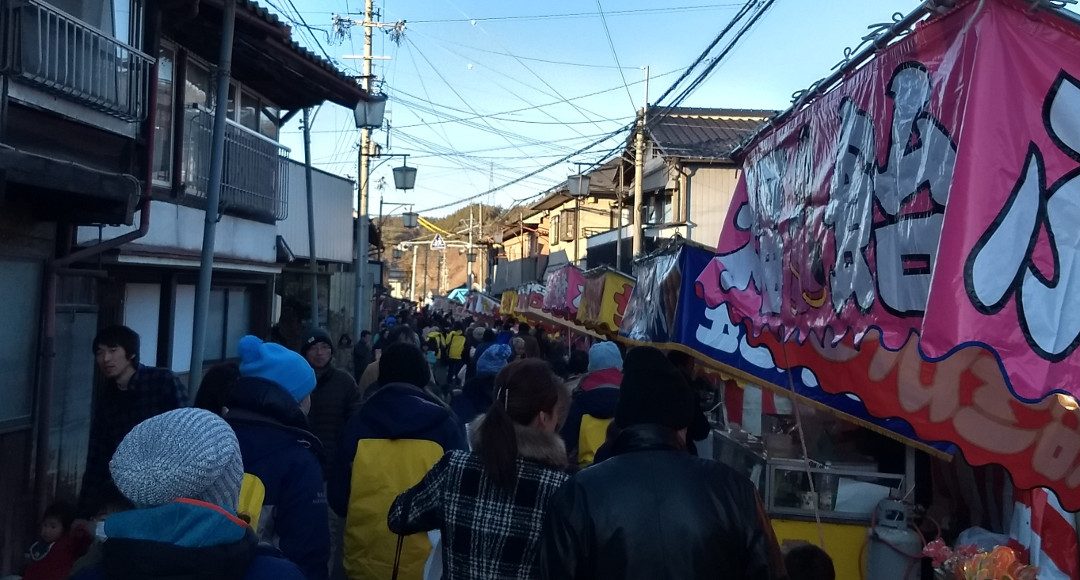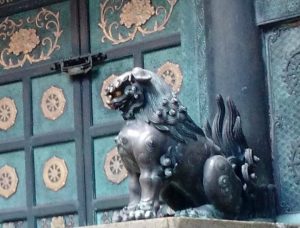If you’ve never grown your own food, it can be hard to really think about the process. When you only see the end product, the process is obscured – but I’ve found that experiencing the product makes the process that much more satisfying. On our first day at ARI, we jumped right in with foodlife work: harvesting carrots. At first, it didn’t seem like anything special, but once we finished harvesting, we washed and sorted the same carrots. And then, you see them one final time at meals! Carrot soup, carrots in omelets, stir-fry carrots and cabbage, and for a special treat, carrot cake. If, at my home in the US, you were to ask if I wanted to eat carrots in every part of most meals, I probably would have responded with an emphatic ‘no’. But as it turns out, I find myself actively seeking out dishes with carrots – the satisfaction of knowing you’ve seen these carrots through part of their life becomes a tangible reality. I can only imagine the immersive experience of living at ARI for a year or longer, planting seeds, thinning, and tending to the entire life cycle of a carrot, right up to their delicious finish. You can hear that we eat life as part of a cycle of humans and plants and animals and everything in-between, but to actually experience it is something else entirely. As we near three weeks in Japan, I’m making tangible the abstract concepts of academia or the routine of daily life.
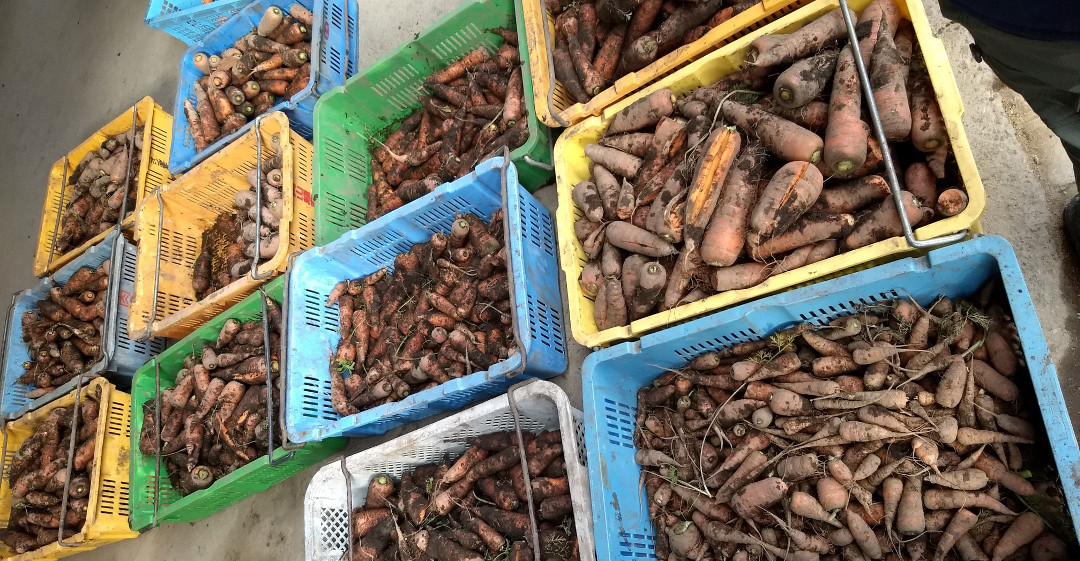
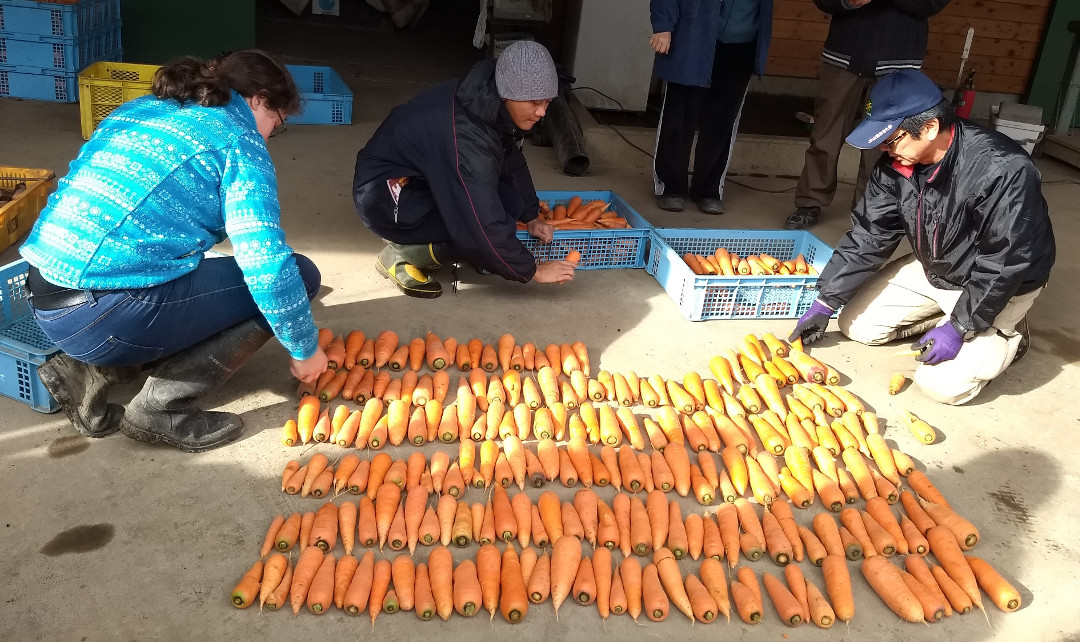

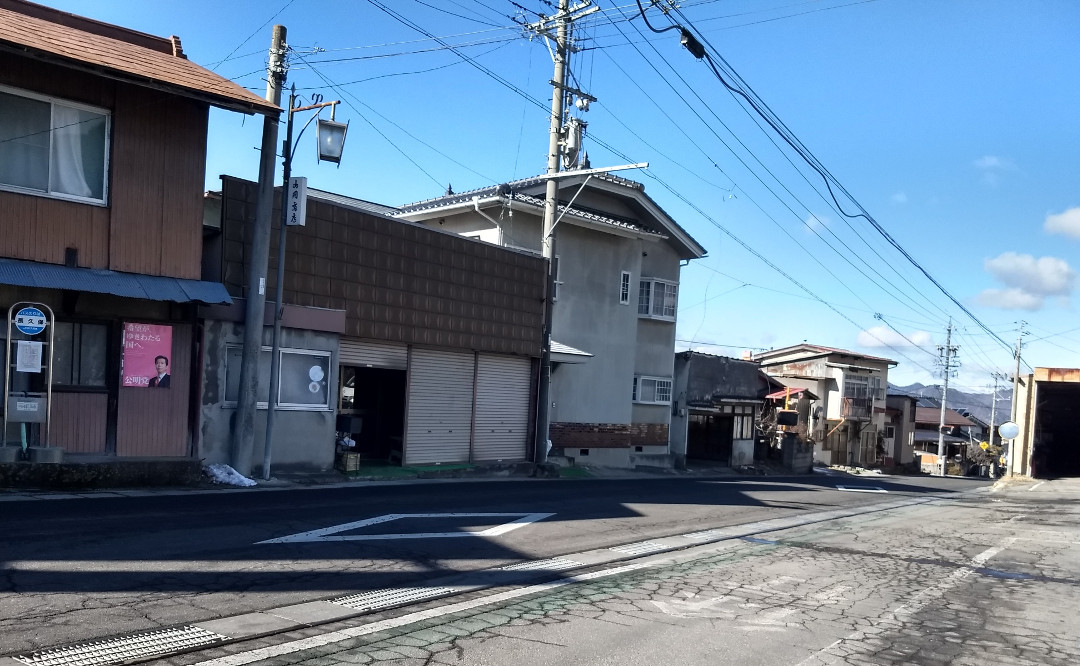
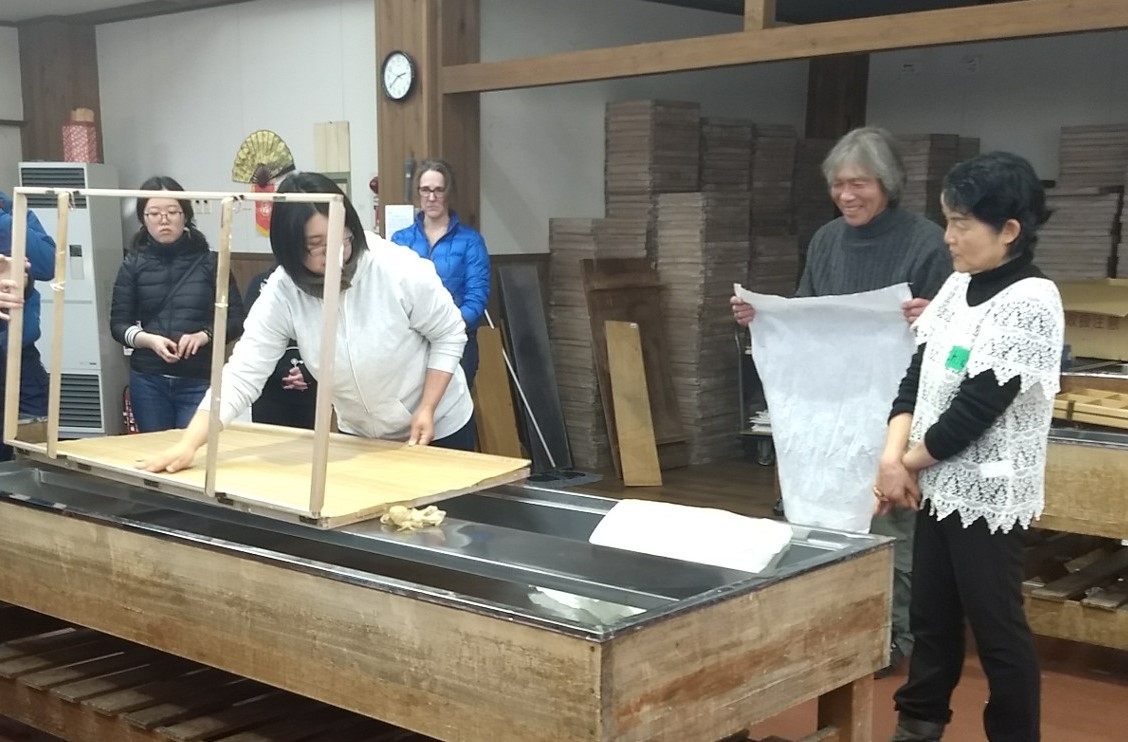
Japan faces a declining population, which almost everyone knows. Rural towns are hit the hardest, with young generations leaving for the city and abandoning farmland in use for hundreds of years, which I learned from nearly everyone I’ve talked to in and around ARI. But ARI is a thriving farm, with new people every year to keep it lively and prosperous, and there isn’t abandonment, so it was difficult to conceptualize the scale of loss while sitting by the fire at the center of ARI or contemplating the course during foodlife work.
In Nagawa-machi, a town in Nagano Prefecture, the concept of rural loss became tangible. As we waited outside for the bus, the town was eerily silent; no cars came through, and most of the buildings were businesses that had since gone out of business. Nagawa’s washi (Japanese paper) makers described the decline of the art form: only five people in Japan still know how to make the materials required for washi creation. “Behind every piece of paper there are ten more craftsmen,” and those craftsmen are fast disappearing with no one to follow in their paths.
And yet, communities are vibrant. This, too, I heard from every guest speaker at and near ARI. People are finding new ways to foster community, whether in the teikei exchange system practiced by the Kino Shi Juku organic farm or the city-dwellers who volunteer to maintain terraced rice fields in Fukushima that would otherwise literally collapse without the support of many people. But Nagawa-machi’s Otaya Festival brought this into a tangible reality. The small town, previously so empty, came alive in the evening with dozens of stands and five floats depicting scenes from Japanese folk tales or history. These scenes were created by Nagawa’s farmers – their contribution to the community spans beyond summer food production. Schoolchildren, together or with their families, smiled and laughed down the festival streets, eating taiyaki and cotton candy and carrying their new darumas. The line for entry to the town shrine stretched into the street, and Nagawa-machi seemed every bit as lively as the cities of Tokyo. Nagawa’s community had vitality amidst its loss, and at Otaya matsuri, I could feel it.
